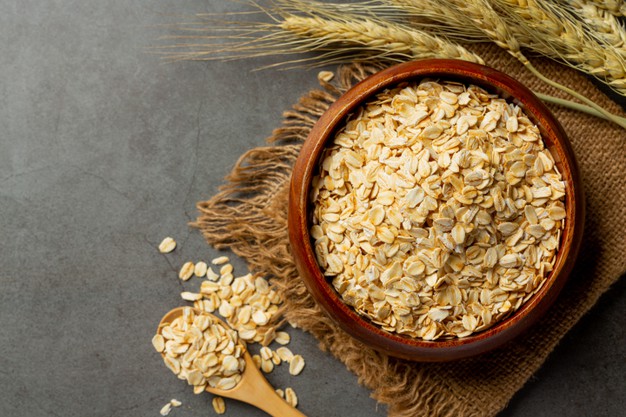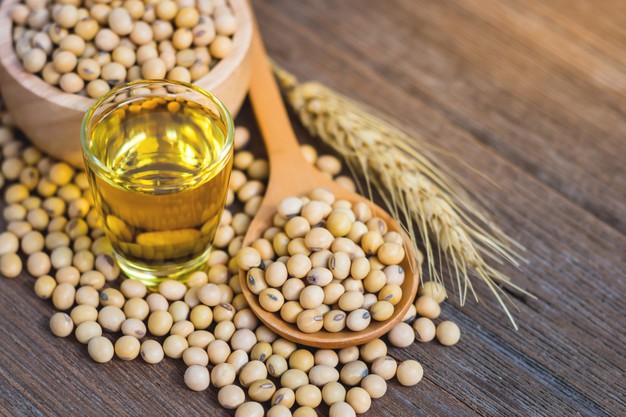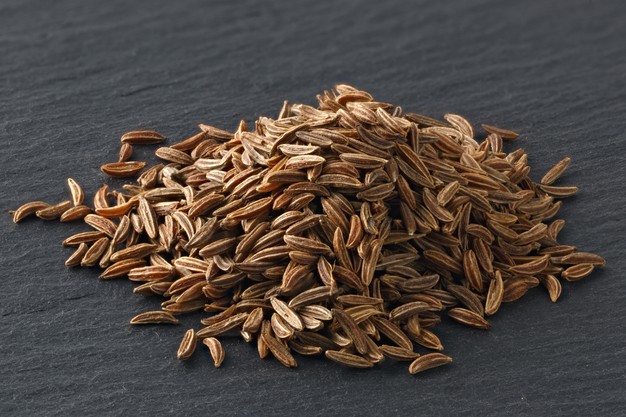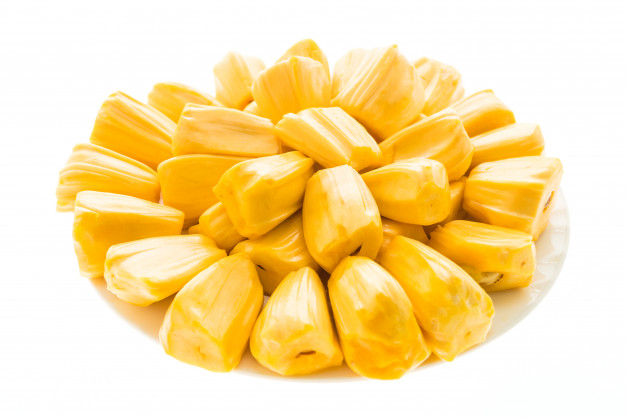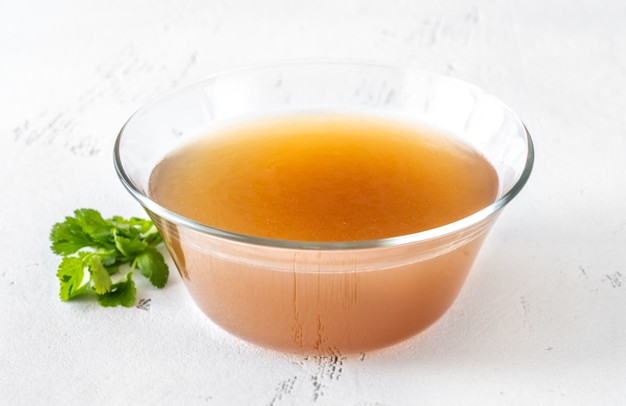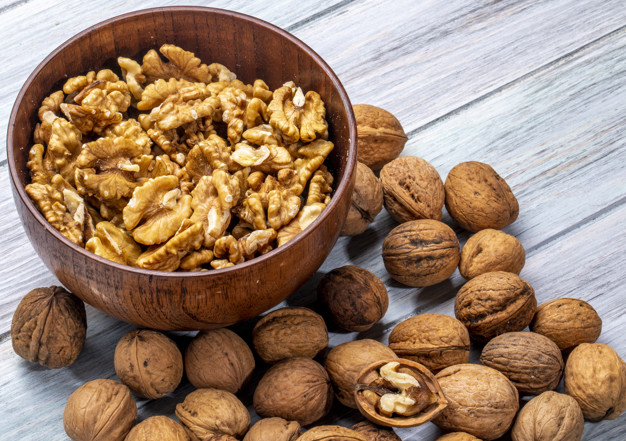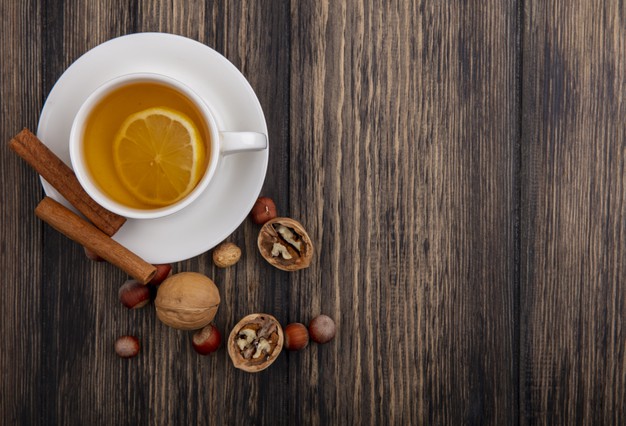Barley is one of the most popular, nutrient dense, ancient grain that has been extensively used for numerous therapeutic purposes.
Nutritional profile
- It contains desirable amount of carbohydrates especially complex carbohydrates
- It is significantly rich in dietary fibres
- It contains protein as well
- It contains lesser amount of fat (both saturated and unsaturated fat)
- It contains various micronutrients, which include Vitamin B1, B2, B3, B6, B9, phosphorus, potassium, iron, magnesium, selenium, zinc, copper and manganese
- It also contains several phytochemicals that exert potent nutraceutical activities hence decreases the susceptibility of developing chronic diseases
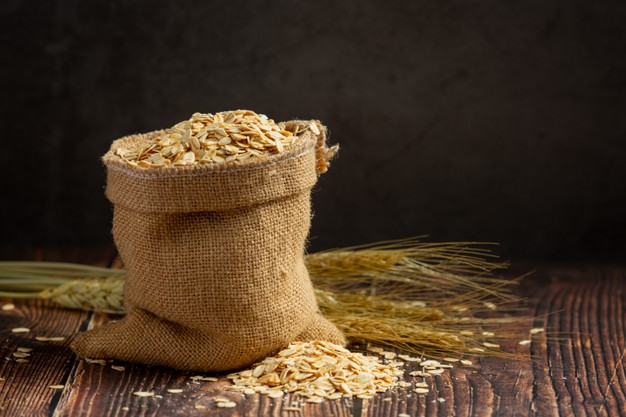
Forms of barley
Barley is available in various forms, which include –
Pearl barley
- This type of barley is partially steamed
- Its bran is removed
- It can cooked quickly
Hulled barley
- It is considered as the whole grain version of barley
- The outer layer of the barley is only removed, which is composed of inedible hull
- It takes long time to cook
Barley grits

- These are those products of barley, which are made up of cracked and toasted barley
- They contain several nutrients in varying range
Barley flakes
- These are sliced and flattened product of barley, which are produced by husking kernels of barley
- They can also cook quickly but contain comparatively less nutrients than pearled or hulled barley
Health benefits
Role on weight management
- Beta-glucan is an important fibre found in barley plays significant role in weight reduction
- It has seen that beta-glucan is responsible for forming a gel like substances within the intestine that eventually slows down the digestion as well as the absorption of nutrients hence promotes the feeling of fullness that helps to reduce appetite in many folds. As a result it helps to decrease food intake hence calorie consumption thus stimulates weight reduction
- It has seen that individuals who consume barley at breakfast experience reduced level of hunger at lunch as a result they ate lesser in lunch than other individuals who consume rice or whole wheat in their breakfast
- It significantly reduces serum lipid level and also prevents fat deposition within body thus its consumption is very effective for decreasing visceral fat percentage
Role on digestive health

- It plays significant role in boosting up the health of gastrointestinal tract
- Its fibre content is responsible for preventing constipation as it helps to increase bowel movement and also related with enhancing the volume and mass of stool that ultimately facilitates the defecation process
- The soluble fibre content of barley also acts as a feed for intestinal beneficial microbes and it also synthesize short chain fatty acid later in body, which helps to promote gut health and also helps to improve the symptoms of various gut disorders like irritable bowel syndrome, ulcerative colitis, Crohn’s disease etc
Role on hepatic health
- It plays significant role in preventing fatty infiltration of liver cells by reducing fat percentage in body thus decreases hepatic cell necrosis
- It helps to decrease the prevalence of fatty liver disease as well
- It also helps to promote hepatic functions
- Its cholesterol lowering activity is responsible for decreasing the risk of developing gallstones and also promotes the health as well as the functionality of gallbladder
- Its soluble fibre content also reduces the prevalence gallstone formation thus decreases the likelihood of gallbladder surgery

Role on blood cholesterol regulation
- Consumption of barley is very beneficial for decreasing blood cholesterol level
- Beta-glucan component of barley significantly decreases LDL concentration as it helps to bind it with bile acid and the body eventually eliminates bile acid through feces. On the other hand liver uses cholesterol for synthesizing new bile acids thus it helps to decrease the level of circulating cholesterol in body
- Fibre content of barley also helps to decrease the level of LDL or bad cholesterol as well as triglyceride in blood. On a contrary it helps to increase HDL level. Thus its consumption is considered as an effective way to maintain the proper ratio of LDL and HDL in body, which ultimately helps to maintain a healthy lipid profile

Role on cardiac health
- Barley is considered as a cardio protective food stuff as its consumption is closely related with reducing the risk of developing cardio vascular diseases
- Barley contains flavonoid, which helps to provide proper protection to the body against cardiac diseases
- Its fibre content also helps to promote cardiac health
- Its lipid lowering activity is responsible for inhibiting plaque formation within blood vessels thus decreases the prevalence of atherosclerosis
- It also helps to increase the concentration of good cholesterol or HDL (mentioned above) in body that ultimately helps to improve cardiac functionality
- Lignons (phytochemicals) components of barley play significant role in lessening the risk of developing coronary artery disease
- Barley contains another important phytochemical named tocol that exerts strong antioxidant activities, which are responsible for protecting the heart from oxidative damages and significantly reduces the prevalence of strokes
- Consumption of barley is also very effective for reducing blood pressure

Anti-carcinogenic effect
- Consumption of whole grain cereals are considered as an imperative remedy for decreasing the prevalence of carcinoma. Being a whole grain cereal barley also exerts anti-carcinogenic activities
- Its soluble fibre content helps to bind with carcinogens within gut and helps to remove them from the body
- It has seen that consumption of barley is extremely effective for decreasing the prevalence of colon cancer
- Barley also contains various important components like phenolic acid, phytic acid, saponins and antioxidant, which help to provide proper protection against cancers and also help to suppress the growth of malignant cells as well as tumor cells in body
Hypoglycemic effect
- Individuals with type 2 diabetes should include barley in their diet as it plays significant role in decreasing blood sugar level
- Its fibre content helps to decrease glucose absorption from intestinal epithelial cell thus helps to reduce blood glucose concentration
- Beta-glucan component of barley is accountable for making it a low glycemic food thus its consumption does not increase post prandial glucose load
- Magnesium component of barley also helps to stimulate insulin production, which also helps to reduce the concentration of free glucose in blood
- Consumption of barley significantly reduces fasting blood sugar level

General consideration of using barley
- It is better to rinse the barley with cold water before cooking as it helps to remove hulls
- It should be cooked with water in the ratio of 1:3
- Cooking is the best way for making the barley tender and it has seen that pearled barley takes about 1 hour to cook whereas hulled barley takes 1.5 hours to cook
- Barley flakes can be consumed as breakfast porridge
- It can also be added to stews or soups
- It is better to mix wheat flour with barley flour for preparing breads as it helps to enhance the nutritive value
- Barley water can be consumed
- Cooked barley can also be used for preparing grain salads
- It can consumed with vegetables as well
Risk factors
- Individual with celiac diseases should avoid its consumption as it contains gluten
- As it is a rich source of fibre hence its over consumption may lead to various gastrointestinal discomfort like flatulence, nausea, diarrhoea etc
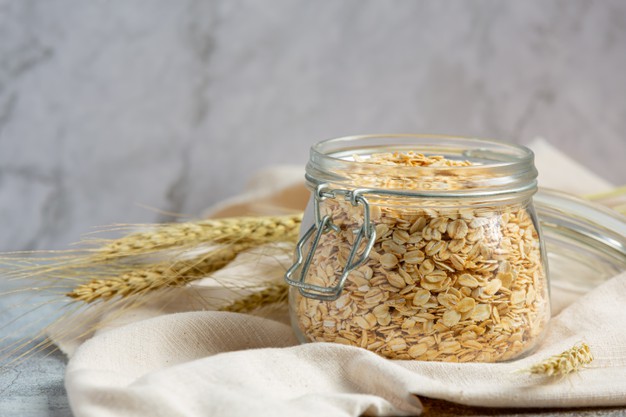
Source:
Din, A., Chughtai, M.F.J., Khan, M.R.K., Shahzad, A., Khaliq, A. and Nasir, M.A., 2018. Nutritional and functional perspectives of barley β-glucan. International Food Research Journal, 25(5), pp.1773-1784.
Gong, L., 2019. Barley. In Bioactive Factors and Processing Technology for Cereal Foods (pp. 55-64). Springer, Singapore.
Idehen, E., Tang, Y. and Sang, S., 2017. Bioactive phytochemicals in barley. Journal of food and drug analysis, 25(1), pp.148-161.
Saeed, M.S. and Saeed, A., 2020. Barley Products-An Overview. Curr. Rese. Agri. Far, 1(3), pp.1-4.
Schloermann, W. and Glei, M., 2017. Potential health benefits of β-glucan from barley and oat. Ernahrungs Umschau, 64(10), pp.145-149.
Shaveta, H.K., Kaur, H. and Kaur, S., 2019. Hulless Barley: A new era of research for food purposes. Journal of Cereal Research, 11(2), pp.114-124.
Tosh, S.M. and Bordenave, N., 2020. Emerging science on benefits of whole grain oat and barley and their soluble dietary fibers for heart health, glycemic response, and gut microbiota. Nutrition Reviews, 78(Supplement_1), pp.13-20.
